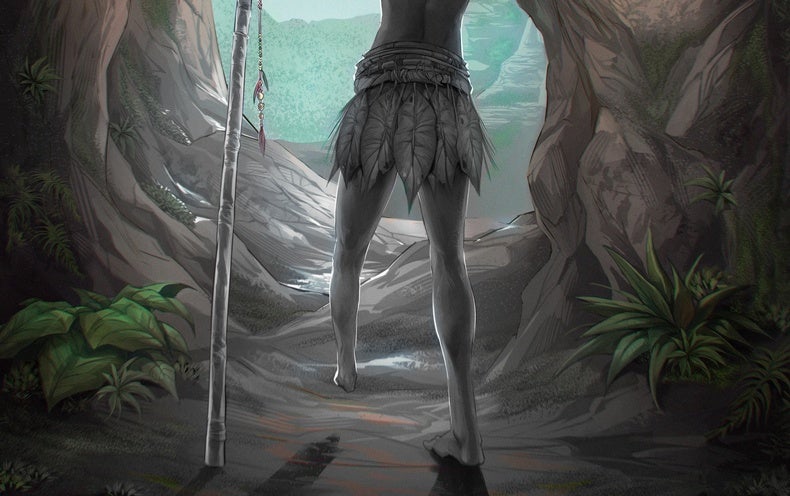The skeleton of a person who lived 31,000 years ago bears hallmarks of the deliberate removal of their lower left leg — the earliest known evidence of surgical amputation.
Discovered on the island of Borneo, the remains pre-date the previous oldest known case of limb amputation by more than 20,000 years and indicate that the individual survived for several years after the surgery. The finding, published on 7 September in Nature, suggests that some ancient people were proficient nurses and performed sophisticated medical procedures much earlier than scientists have thought.
Archaeologists once described southeast Asia “as a cultural backwater”, says study co-author India Dilkes-Hall, an archaeologist at the University of Western Australia in Perth. “There’s always been this trope that not a lot happened there.”
But the discovery challenges this idea, revealing that people living in Borneo thousands of years ago were highly skilled at medicine. “It’s pushing forth the right idea that this is an incredibly complex area,” adds Dilkes-Hall.
Written in the bone
The researchers found the remains in a limestone cave on the eastern side of the Indonesian part of Borneo. They uncovered an ancient grave containing a human skeleton that was surprisingly complete — except for the left foot.
“All of us were like, ‘well, where is it?’” says Dilkes-Hall.
%5B73%5D.png)
Radiocarbon dating of charcoal found in the layers above, below and inside the grave, as well as analysis of uranium and radiation in one of the buried individual’s teeth, suggests that the person died between 31,201 and 30,714 years ago. Their age at death was estimated to be about 19 or 20 years old. The team could not determine the individual’s sex, but their height was similar to that of male individuals who are known to have lived in that time and place.
The lower third of the person’s leg was missing, and the tibia and fibula — the bones between the knee and ankle — ended in a clean cut. This level of precision indicates that the limb was not lost in an accident or an animal attack. The bones lacked the type of mark typically left by an infection, suggesting that the wound had been cleaned and protected from contamination. Furthermore, the small size of the left tibia and fibula compared with the right ones and the healing of the bones show that the amputation occurred during childhood and at least six to nine years before death.
“The probability of this happening by accident was so infinitely small that it had to be in some sort of controlled environment,” says study co-author Melandri Vlok, a bio-archaeologist at the University of Sydney in Australia.
“It is an incredible discovery,” says Cécile Buquet-Marcon, a bio-archaeologist at the French National Institute for Preventive Archaeological Research in Paris who, in 2007, described the amputation of a person’s limb that had occurred 7,000 years ago, which was at the time the oldest known evidence of this type of surgery2. She adds that the survival of the individual in Borneo indicates care-giving by the community and medical skills that few people possess even now.
This proof of early human habitation in Borneo is especially important for Indonesian archaeologists, says study co-author Adhi Agus Oktaviana, an archaeologist at the National Research and Innovation Agency in Jakarta. He hopes that the study will help the United Nations cultural organization UNESCO to designate the region of the Sangkulirang–Mangkalihat Peninsula where the remains were found — also home to 40,000-year-old rock art — as a World Heritage Site.
Sofía Samper Carro, an archaeologist at the Australian National University (ANU) in Canberra, who was not involved in the research but was part of the same doctoral programme at ANU as study co-author Tim Maloney, commends the researchers not only for their meticulous scientific efforts, but also for their collaboration with local authorities and people. Several of the study’s co-authors are from Indonesia.
“Archaeology used to be a field where, in most cases, Western Europeans would go to places and steal their knowledge,” she says. “In the last 10–15 years, things have been changing.”
Because the field is now recognizing the work of local people, Samper Carro adds, “we are getting much better results”.
This article is reproduced with permission and was first published on September 7 2022.
























































